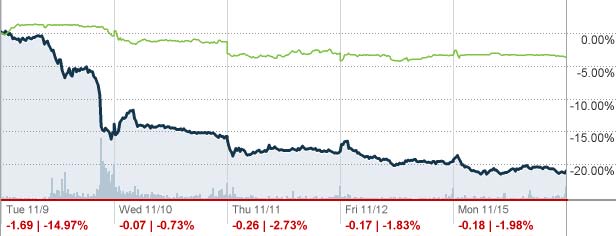One of the issues that came up in the appeal of Flexiteek Americas, Inc. et al. v. Plasdeck, Inc. et al., 2009-1501 (Fed. Cir. Nov. 2, 2010) was whether it was inequitable conduct for failure to cite to the US examiner the revocation of a related New Zealand patent. The status of the US application at the time of the revocation of the New Zealand patent was that the issue fee had been paid but that the patent had not yet issued. The person charged with inequitable conduct was president of a Swedish company. He apparently had an opinion from Swedish counsel that there was no way to have the new material considered since the issue fee had been paid.
You can listen to the panel question the counsel for the appellee-plantiff-patent owner here: [Listen].
The panel followed up on rebuttal with the counsel for the appellant-defendant here: [Listen].
The entire oral argument is available here: [Listen].
I was somewhat surprised that the panel didn’t inquire about the option of petitioning to withdraw the application from issuance in favor of an RCE in order to have the new material considered. This would have been one way to satisfy the applicant’s continuing duty through issuance to have the new art “considered” where “considered” is understood to mean that the examiner signs his/her initials to an IDS listing.
Given the wealth of prosecution talent in the D.C. area, perhaps the Federal Circuit would benefit from a patent prosecutor-retiree with an office or office hours at the Federal Circuit who could advise judges and clerks on matters of patent procedure. Often during oral arguments, judges are heard asking the advocates about matters of patent procedure. And often the advocates remark: “I don’t know. I’m not a patent attorney.” It is unfair to expect judges and their young clerks to know all the procedures of patent prosecution. But, if the court is going to hand down decisions like Dayco and McKesson that affect the entire patent bar and not just the parties in a case, I don’t think it is unfair to ask that it take steps to be as well-informed as possible about such procedures and the impact such decisions will have.
You can see the Federal Circuit’s Rule 36 opinion here: [Read].
You can view an opinion from the district court that gives more background here: [Read].
